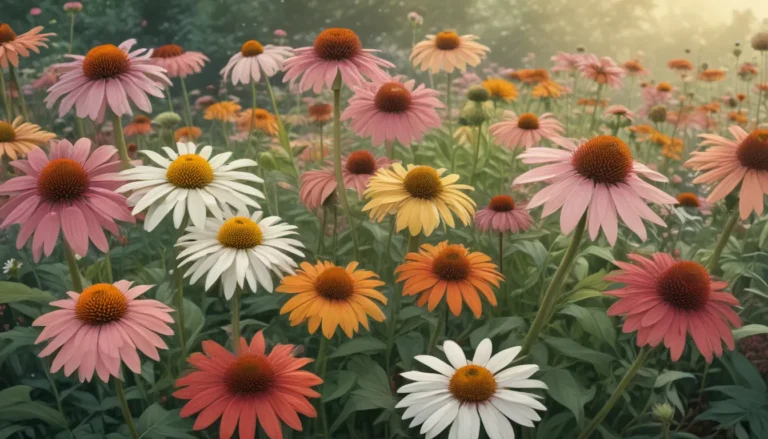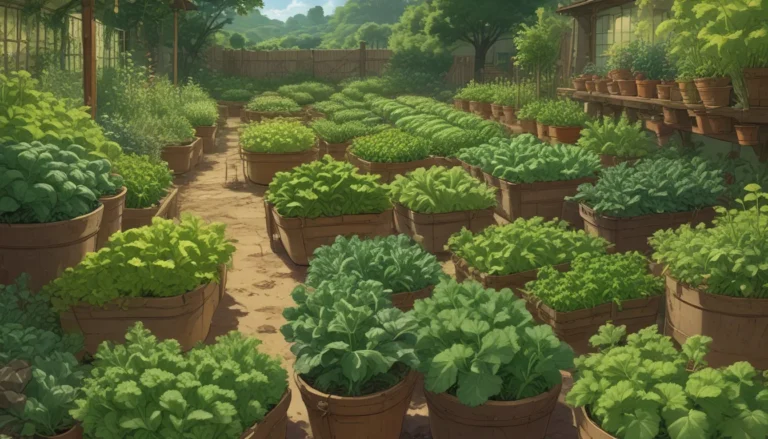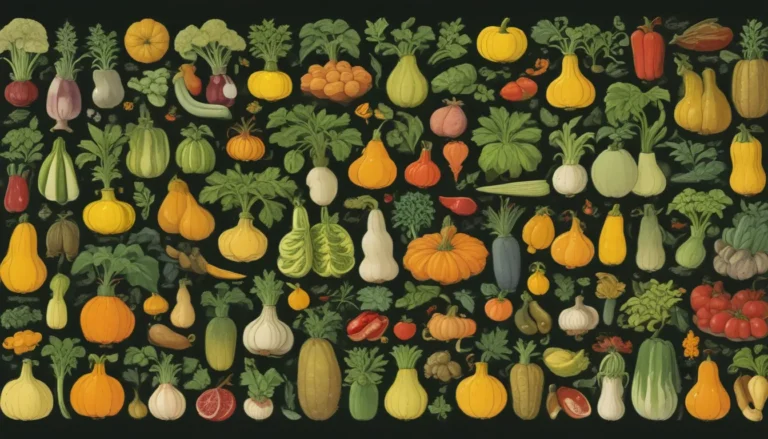An In-Depth Guide to Planting and Growing Savoy Cabbage

Are you looking to add a unique and delicious variety of cabbage to your vegetable patch? Look no further than savoy cabbage! While red and green cabbage are more commonly known, savoy cabbage offers a milder flavor and a lighter texture with its crinkly green leaves.
In this comprehensive guide, we will explore everything you need to know about planting and growing savoy cabbage in your garden. From when and how to plant, to crop management, harvesting, popular cultivars, recipes, and cooking ideas, we’ve got you covered!
What Is Savoy Cabbage?
Savoy cabbage, a cultivar of Brassica oleracea, gets its name from the historical Savoy region of the Western Alps. The wrinkly leaves of savoy cabbage give it a unique appearance and a distinct flavor compared to other cabbage varieties.
When and How to Plant
To ensure successful growth, it’s important to plant savoy cabbage at the right time. In cooler climates, you can plant in the spring and fall, while in warmer regions, it’s best to stick to spring planting.
Whether you choose to start with transplants or direct seeding, ensure that the plants receive full sun and adequate drainage. Proper spacing is key for optimal growth, with seedlings placed 12-18 inches apart in rows 18-24 inches apart.
Additionally, if you prefer container gardening, savoy cabbage can thrive in pots that are at least 12 inches in diameter and 12 inches deep, making it a versatile option for urban gardeners with limited space.
Crop Management
Like other brassicas, savoy cabbage is susceptible to pests such as cabbage worms, flea beetles, slugs, and cutworms. To protect your plants, consider implementing crop rotation and using floating row covers to keep pests at bay.
Proper watering and sunlight are essential for healthy growth, with savoy cabbage requiring one inch of water per week and full sun exposure.
How to Harvest
Harvesting savoy cabbage heads at the right time is crucial for flavor and texture. Heads are typically ready to harvest 70 to 110 days after planting, depending on the cultivar. To determine readiness, gently press on the cabbage – if it feels squishy but doesn’t indent easily, it’s ready to be harvested.
Once harvested, remove any discolored leaves and store the cabbage in the refrigerator’s crisper drawer for up to a month to maintain freshness.
Popular Cultivars
There are several popular cultivars of savoy cabbage, each offering unique characteristics and flavors:
- Savoy Perfection: This heirloom variety produces sweet, green heads that are ready in 90 days.
- Purple Savoy: Known for its striking purple heads with green centers, this cold-tolerant cultivar is both flavorful and ornamental.
- Famosa: A hybrid variety with dark green heads that turn blue-green in colder weather, ‘Famosa’ offers excellent flavor and is ready for harvest in 70-85 days.
Each cultivar brings its own distinct qualities to the table, providing ample options for experimentation in the kitchen.
Recipes and Cooking Ideas
Savoy cabbage’s mild flavor and unique texture make it a versatile ingredient in various dishes. From comforting Polish dishes like haluski to crunchy and nutritious slaws, the culinary possibilities are endless.
One simple recipe idea is to sauté onions and thinly sliced cabbage in butter, then toss with cooked egg noodles for a delicious and comforting meal. For a fresh and vibrant salad, try combining savoy cabbage with pea sprouts and an Asian-inspired dressing – a perfect side dish for any occasion.
Conclusion
After exploring this guide, we hope you feel inspired to add savoy cabbage to your garden and culinary repertoire. Its crinkly leaves and delicious flavor make it a standout choice for any home gardener looking to expand their horizons.
If you’ve had success growing savoy cabbage in your garden or have any questions, feel free to share your thoughts in the comments. And for more information on growing lesser-known fall crops, be sure to check out our related articles on collard greens, daikon, and red Russian kale.
Happy planting and happy harvesting!





